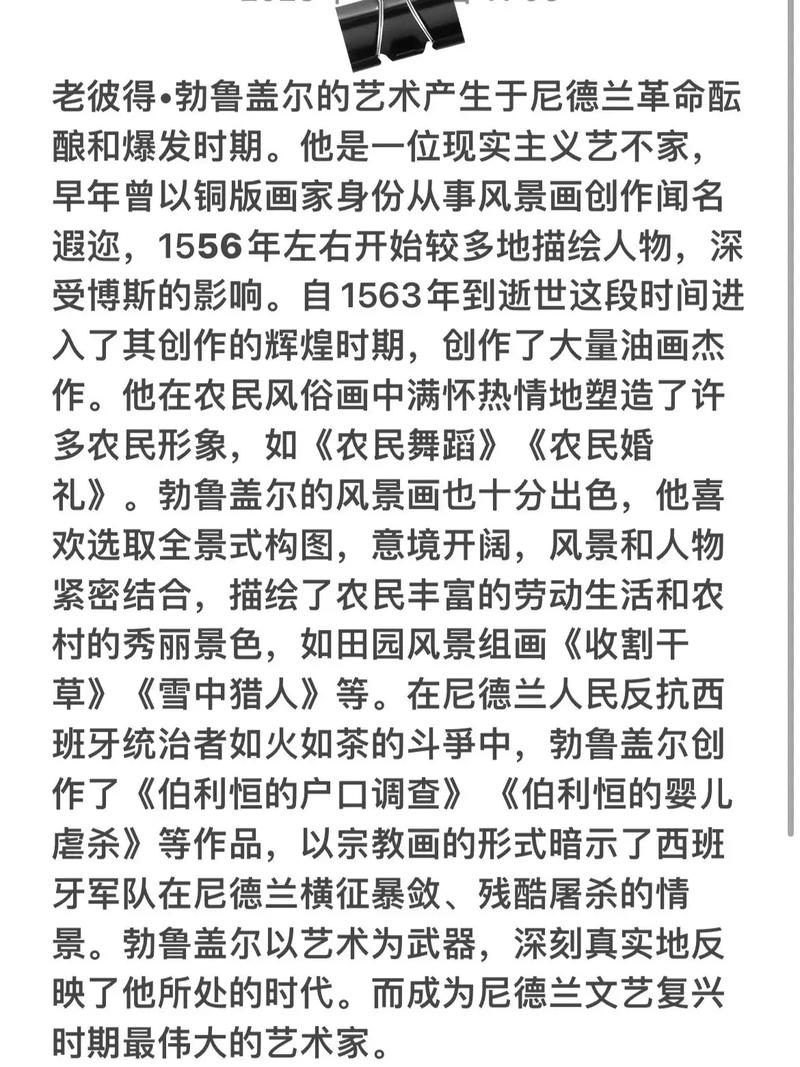Art and history are intrinsically linked, with each influencing and reflecting the other. In English, the exploration of art and history can provide a rich understanding of culture and society. Let's delve into the ways in which these two disciplines intersect and enrich each other.
When discussing art in historical context, it's important to consider how art serves as a visual record of historical events, social movements, and cultural norms. Various art forms, such as paintings, sculptures, and architecture, often encapsulate the prevailing ideologies and values of a particular time period. For example, Renaissance art not only showcased exquisite skill and creativity but also mirrored the revival of classical learning and the humanist spirit of the era.
In the study of history, art can be utilized to analyze and interpret historical narratives. Visual representations of historical events, such as war, revolution, or societal change, offer unique perspectives that complement traditional historical texts. Consider the way in which art depicting the French Revolution, like Eugène Delacroix's "Liberty Leading the People," captures the fervor and emotion of the time, providing insight into the collective psyche of the period.
Art movements often serve as reflections of broader historical shifts. From the realism of the 19th century to the abstract expressionism of the 20th century, art movements are deeply intertwined with the sociopolitical contexts in which they emerged. Exploring these movements in English can offer a profound insight into the cultural, intellectual, and emotional currents shaping different historical periods.
For those seeking to explore art and history in English, a multitude of resources are available. Engaging with literature, documentaries, online archives, and scholarly articles can provide a comprehensive understanding of the intricate relationship between art and history. Additionally, museums and cultural institutions often offer Englishlanguage tours and educational materials, allowing for a deeper exploration of artistic and historical treasures.

In conclusion, the study of art and history in English offers a captivating journey through the tapestry of human experience. By examining art within its historical context and using it as a lens to understand the past, individuals can gain profound insights into the complexities of human civilization and the enduring power of creativity across the ages.
版权声明:本文为 “四季百科网” 原创文章,转载请附上原文出处链接及本声明;

